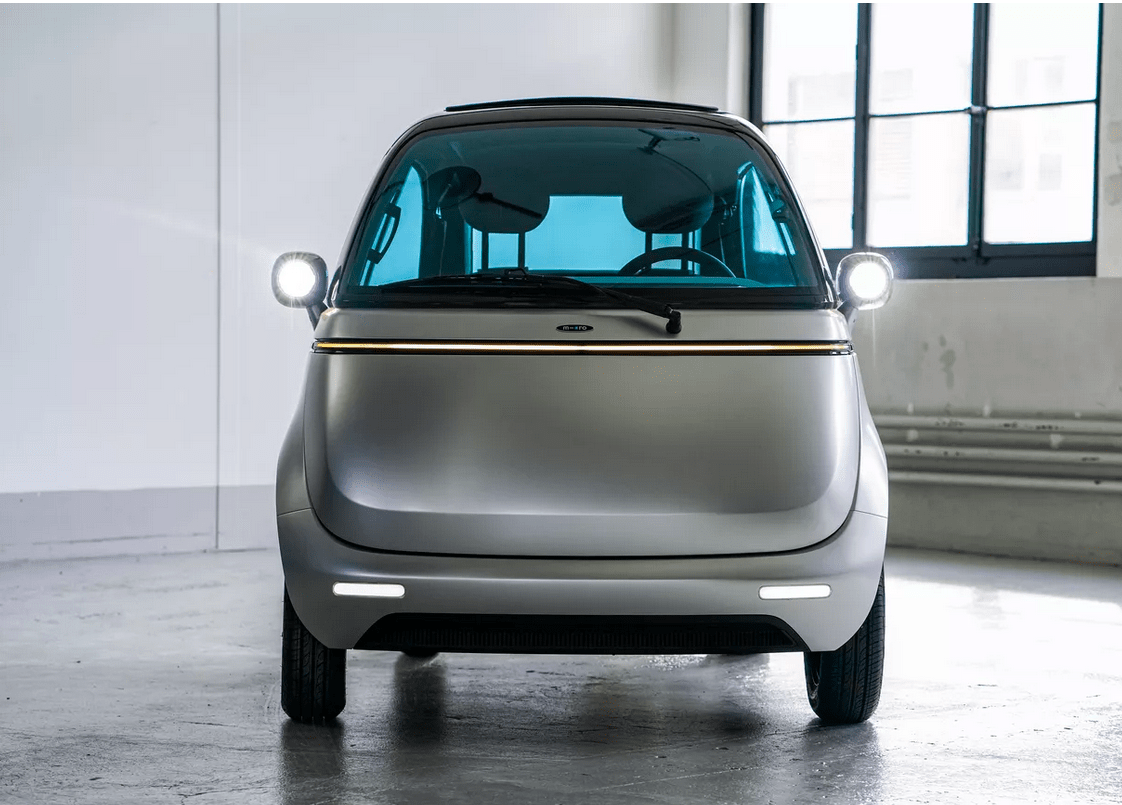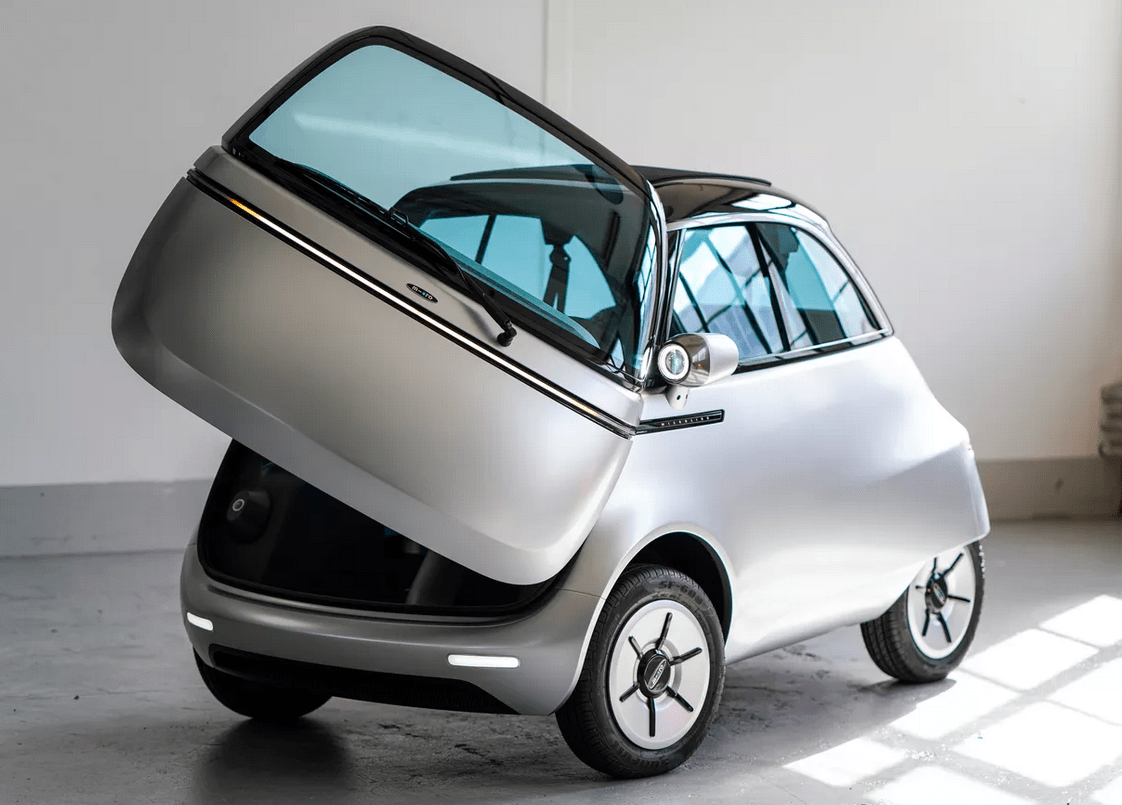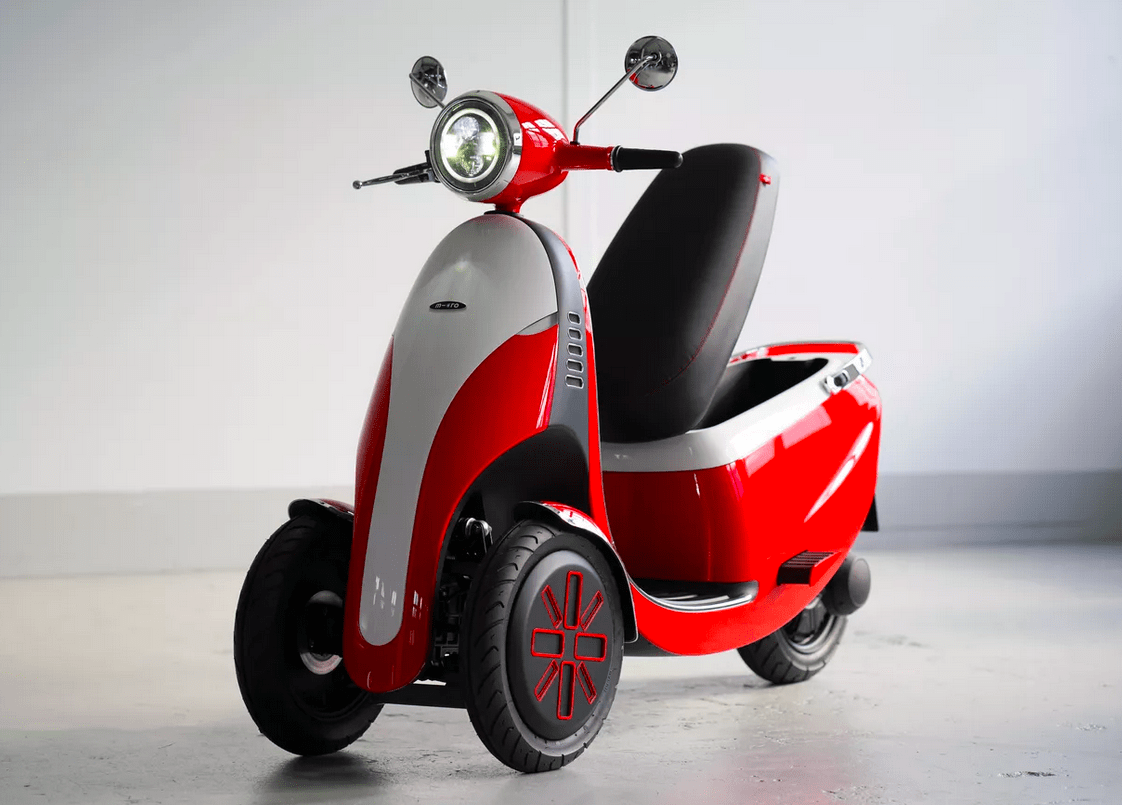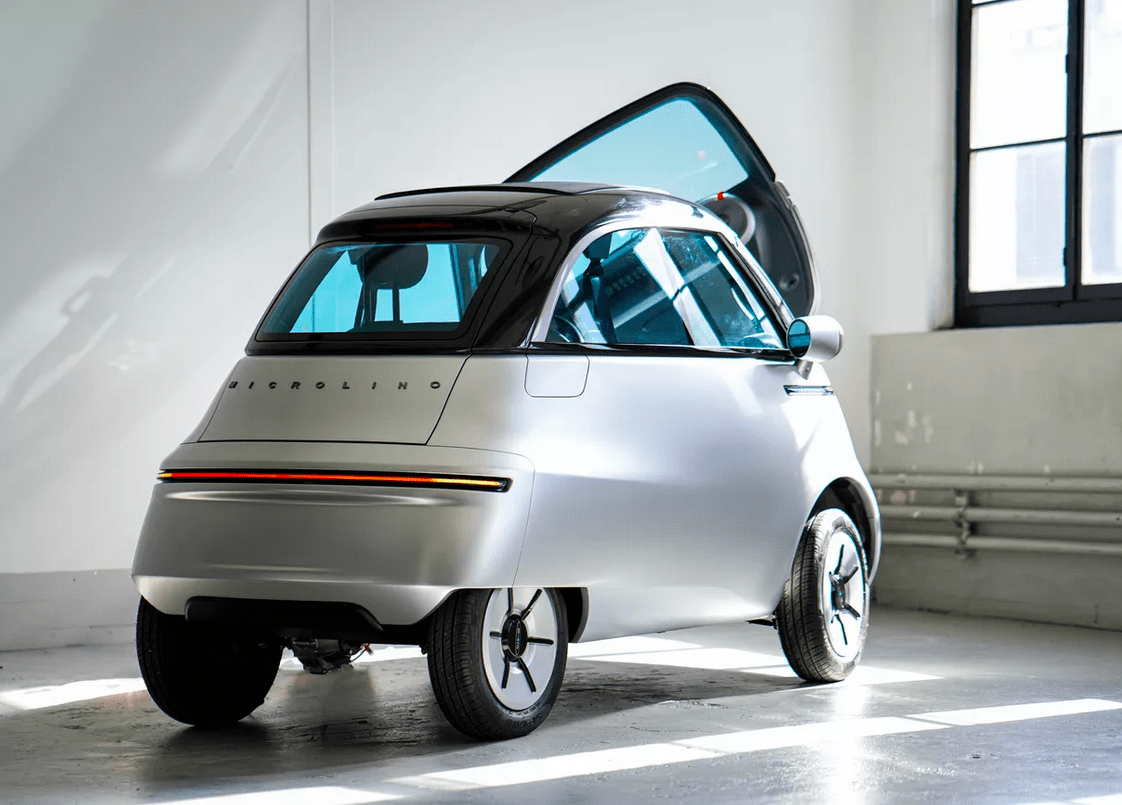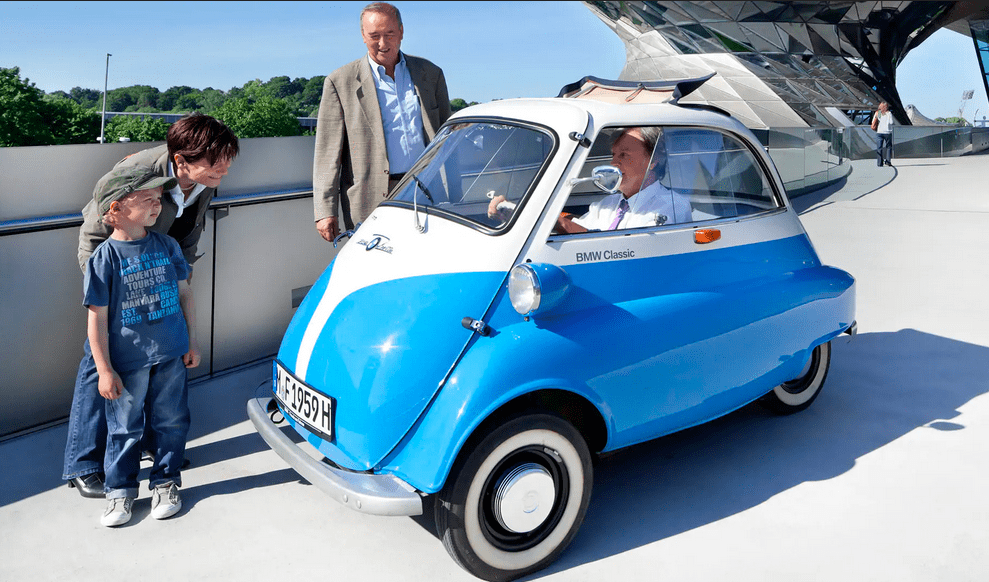Earlier this week, Swiss company Micro Mobility Systems debuted its Microlino 2.0 to the public for the first time, The Verge writes. [Read: Renault’s concept EV cam make itself bigger to fit more batteries] The Microlino 2.0 is a fully electric reimagining of the Isetta that was built by the likes of BMW and many others in the late 1950s and early 1960s. Many will know it as “the bubble car,” because well, it looks like a bubble on wheels. According to the company it has space for two adults, a maximum range of 200 km, and will top out at 90 kph. It’ll cost around €12,000 (around $13,500). According to The Verge, it’ll hit the roads next year. It’s already proving quite popular too. Micro Mobility Systems says it has 17,000 pre-orders. Targeted keenly at European city drivers, the Microlino 2.0 is a breath of fresh air following the raucous announcements of electric Hummers, Cybertrucks, and Badgers that have come over the past few months. That said, I can’t help but think Micro got the car’s name wrong. Alongside the Microlino 2.0, the company debuted the Microletta, a three-wheeled electric motorbike. Given the Microlino’s undeniable likeness to the Isetta, Microletta seems like the name it should have had, but that’s a minor detail. The Microlino, I hope at least, is destined for much bigger things. Small cars in big cities make mountains of sense, even if you don’t want to accept it. They’re easy to park, easy to drive, and just generally have less envoronmental impact than big, uneconomical wagons.
What happened to 1.0?
If you’re wondering why the Microlino has a 2.0 moniker attached to its name, this is actually the second version. You’d be forgiven for not having heard of the first one, though. Micro Mobility Systems presented the first Microlino about five years ago at the Geneva Motor Show. At the time it looked set for a 2019 roll out, but the company ended up getting wrapped up in a messy legal battle with Artega, the German company that was contracted to build the car. The Microlino was originally going to be produced by Italian maker Tazzari. But after reaching an agreement with Micro, Tazzari sold production rights to Artega. Not long after Artega, published images of a strikingly similar vehicle that supposedly had 150 changes. German courts banned Artega from advertising its version of the Isetta EV, and the companies parted ways. So this latest 2.0 version is a further refinement of the original, and will be built in Turin with production partner CECOMP. And you know what? I can’t wait to see it on the streets.
